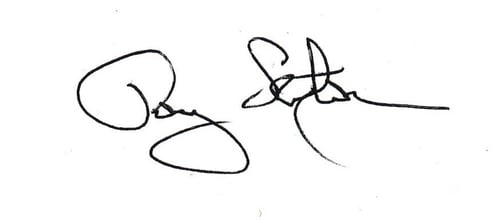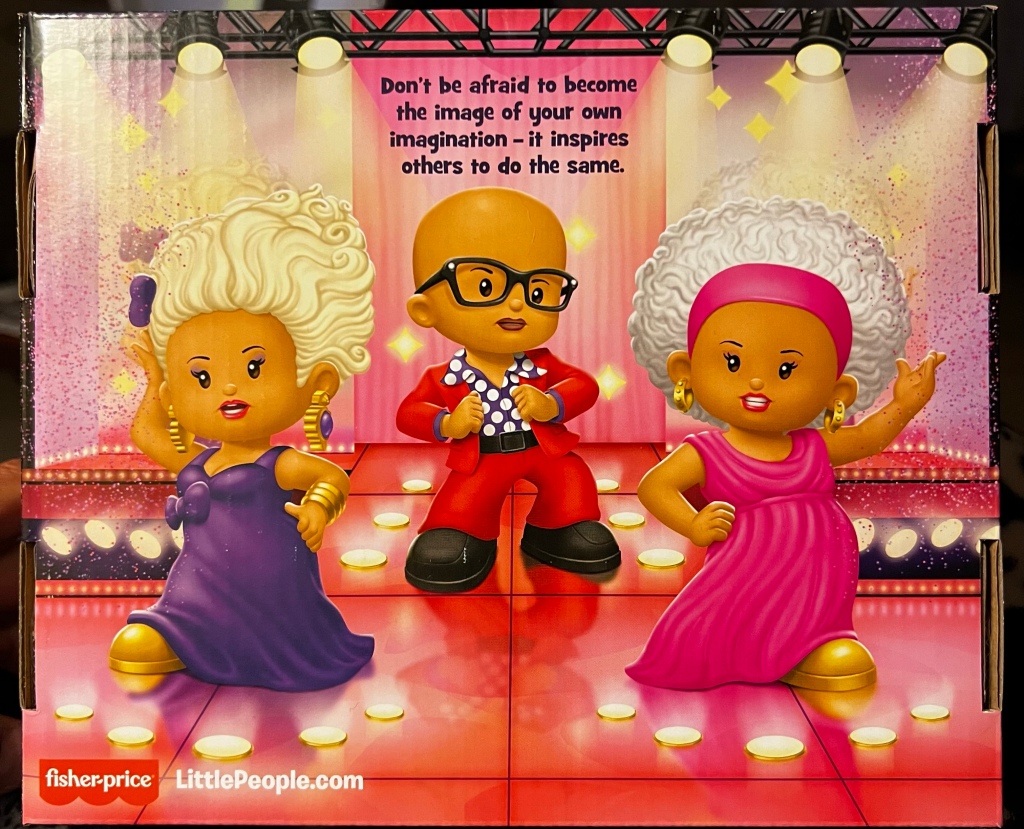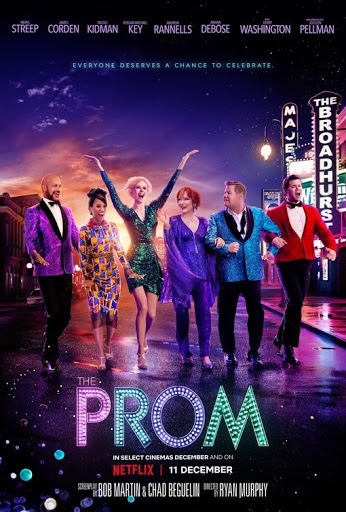
You know you’re a certain age when films you saw in the theatre in your adult life are being remade with some regularity. I think I first felt this pang when they remade Footloose and “reimagined” The Karate Kid, but actually I had seen neither of those films in the theatre during their original runs (and even now I don’t think I’ve watched either all the way through). Carrie and Robocop appear to get remade every ten minutes, but for some reason this déjà vu feeling doesn’t quite apply to horror movies nor thrillers. Nor to cash grab live action re-dos of Disney animated films. And Endless Love I’d never seen the first time (nor wanted to), and I can barely remember seeing the remake (but apparently I did … thank heavens for this blog’s archive).
However, seeing The Color Purple last month (which I loved) hit a little too close to home. Admittedly, the original came out nearly 40 years ago, but I have clear memories of seeing it on the big screen in 1985 as well as studying it in college.
Annnnd then … Mean Girls hit cineplexes just a few weeks later, another film that became a Broadway hit musical that re-became a film. This one is messing with my temporal triangulation! The first flick, starring Lindsay Lohan, Rachel McAdams, Amanda Seyfried, Lacey Chabert, Tina Fey, Amy Poehler, Lizzy Caplan, and Tim Meadows still feels like a “new” movie to me. I know it’s 20 years old … hush. So, I approached this latest iteration with some trepidation. I don’t mind remakes. In fact, I enjoy seeing what people do with a time-tested tale, contemporizing and offering new contextual commentary. I just couldn’t envision how Mean Girls could be revisited without becoming cliché.
Color me wrong. And let’s all wear pink on Wednesdays. The new film musical of Mean Girls is so fetch. Yes, they finally made fetch happen.
In great part because Tina Fey has remained the chief architect of this franchise (does it qualify as a “multiverse” now?), the 2023 Mean Girls keeps its true north around tolerance, acceptance, authenticity, and, yes, feminism. The central thesis of the original film is a) teenagers can be truly awful to each other, b) said behavior is a reflection of endemic misogyny and classism in our society, and c) human beings can be gobsmackingly shallow regardless their age.
Mean Girls has always offered a wink and a sneer at Hollywood’s arrested development regarding high school-set coming of age stories. On its surface, Mean Girls is just as self-reverentially, um, plastic as, say, Grease or Breakfast Club or anything on The CW. But under the marabou feathers and platform sneakers, Mean Girls is a witty and dark-hearted satire on the state of our have/have-not instant gratification culture. For someone to rise, someone else must fall – why live in abundance when you can elevate yourself by ruining someone else? In this way, Mean Girls has as much Arthur Miller and Nathaniel Hawthorne in its DNA as it does Clueless or Fast Times at Ridgemont High or even Heathers (three other teen-centered flicks that get it right … Easy A and Edge of Seventeen which arrived after the first Mean Girls do so as well).
So what does the addition of wry, at times nightmarishly day-glo and surreal musical numbers add to this mélange? Quite a bit, in fact. My only quibble with the original film was what felt like tonal whiplash between Mel Brooks-level absurdity and Afterschool Special angst and back again. Perhaps unsurprisingly, wedging one teen pastiche pop ditty after another into the mix brings it all into perfect relief.
Admittedly, the songs by Jeff Richmond (Fey’s husband) and lyricist Nell Benjamin (who also worked on the musically superior Legally Blonde the Musical … I’m sensing a pattern here) are a smidge forgettable. Less than 24 hours later, I couldn’t hum a bar of any number to save my soul. Sorry … “Revenge Party” … THAT one sticks in your head – catchy AND grating at the same time. But no one goes to Mean Girls expecting Sondheim or Rodgers & Hammerstein.
That said, the staging of each number is clever and frisky and fun. The hum drum environs of high school hallways unfold into African pride lands; science labs explode in confetti and parade floats; teen ragers freeze into chiaroscuro tableaus … all while the respective musical confessionals proceed. First time directors Samantha Jayne and Arturo Perez Jr. and cinematographer Bill Kirstein run headlong into the delightful kitsch of musical theatre while breaking it wide open cinematically. That ain’t easy. The Hollywood box office is strewn with the corpses of other movie musicals that have tried and really, really, really failed (see: Cats … no don’t).
The cast is damn dynamite, achieving the near impossible – honoring what came before (which lives on digitally for instant streaming comparison) while enhancing and expanding. The original film was an artifact of its day – social media wasn’t the monster it is now, cell phones were still a luxury for some, and fat-shaming and light homophobia were easy punch lines. Thankfully, Fey is a sensitive progressive who knows just what to walk back and what to bring forward. There is also more nuance in what a “mean girl” even is, highlighting that we are taught by a patriarchal society to turn on each other in a mistaken bid for relevance and that true relevance comes from embracing (and loving) the awkward in us all.
To that end, one of the best additions to the script is a final act chat between protagonist Cady Harron (a relatable and temperate Angourie Rice, channeling a teen version of Amy Adams with less vocal prowess) and queen bee Regina George (an ass-kicking star turn by Renee Rapp who could be the love child of Madonna, Adele, and Will & Grace’s Karen Walker). The two run into each other in the restroom during their high school’s “Spring Fling.” If you know the original film, basically all the bad stuff has happened at this point, Regina is in a neck brace, and Cady has won the math competition. So this scene is just, well, a conversation – a long overdue one, between two human beings who have spent the past two hours misunderstanding each other, trying to outdo each other, and scoring points against each other. For the first time, we see them communing as beautifully vulnerable humans and as the kids they are. Don’t fret. The scene isn’t maudlin, and Rapp is far too gifted to not wring a laugh out of every moment; yet, this quiet scene is an important addition to the Mean Girls canon as it demonstrates the power of true connection.
I would be remiss – asleep at the switch in fact – if I didn’t give a huge shout out to Moana’s Auli’i Cravalho as tragicomic narrator/instigator Janis ‘Imi’ike and her partner in well-intentioned crime Jaquel Spivey playing Damian Hubbard. Whereas Cady was the heart and soul of the original film, the remake takes its cue from some of Shakespeare’s best comedies and shifts that spotlight onto the more interesting second bananas. Spivey is genius with the kind of zingers only the long-bullied can muster (“the safe joy of dancing with theatre boys”), but Cravalho nearly runs away with the picture: think Vanessa Hudgens meets Janeane Garafalo, yet still entirely her own creation. Lizzy Caplan was arch perfection as Janis Ian in the original Mean Girls, and Cravalho takes it all next level. The screen lights up every time she enters the frame. She channels brilliantly how so many of us felt in high school, still discovering our sarcastic abilities to critique the artifice of it all while hurting that we weren’t simply accepted for the differences that made us freakishly perfect.
I can’t wait to see what Cravalho – and Rapp – do next. The future is queer. And beautiful.










.jpg?upscale=true&width=518&upscale=true&name=Susie%20and%20Roy%20at%20Christmas%20(002).jpg)

.jpg?upscale=true&width=800&upscale=true&name=Roy%20Sexton%2098%20Degrees%20(002).jpg)














































